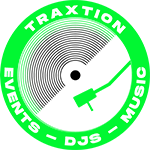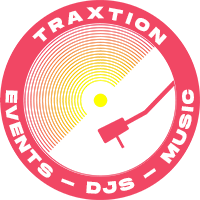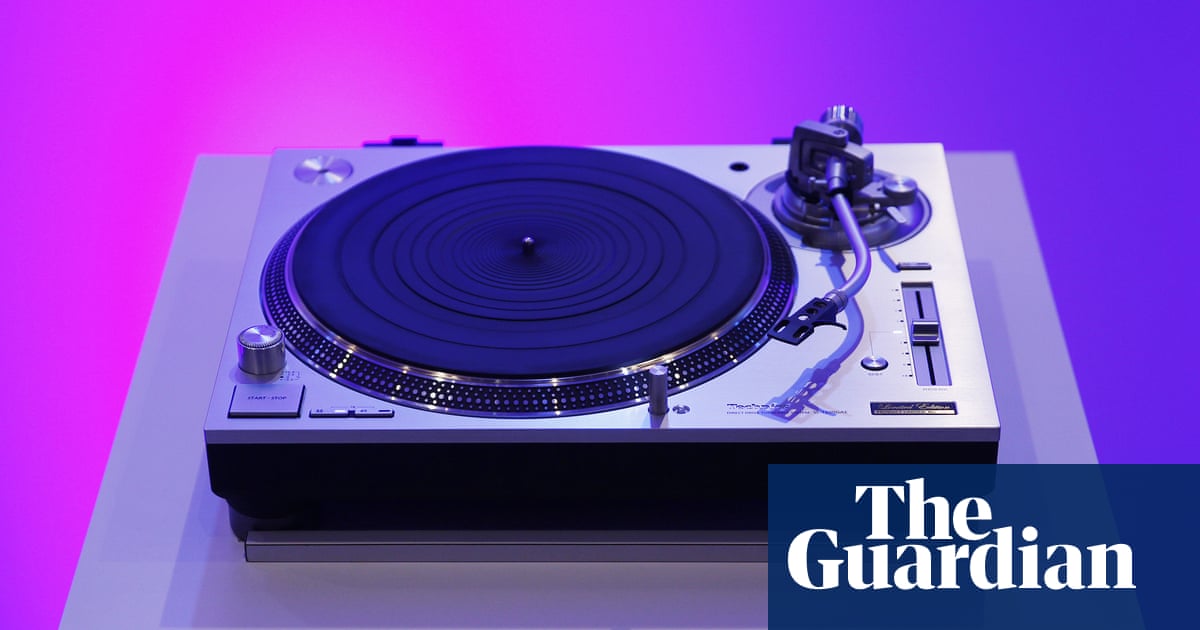After its much-lamented discontinuation in 2010, Panasonic’s industry leader is back – but with more competition and a high price tag will it still stand up?
The Technics SL-1200 may have become an industry staple but the turntables, originally developed by Matsushita in Japan in 1972, and recently announced as returning to the market in 2016, were never envisioned as the life and soul of the rave.
Before production ceased in 2010, variations on Technics SL-1200 were the consistent, go-to standard for DJs and audiophiles. Respected for their almost indestructible build and high torque motor, the players were initially designed exclusively for hi-fidelity lounge listening. Yet their initially unique ability to shift pitch with ease saw them have a second life in clubs. Both house and especially hip-hop owe a huge debt to the versatility of these machines, now considered instruments in their own right thanks to pioneering DJs such as Jazzy Jeff through to DJ Shadow and Jeff Mills.
Despite selling over 3m units in its lifetime, the 1200 reached the end of the production line as something of a niche concern, given the all conquering rise of the MP3, and the lasting appeal of the CD album format for casual consumers. But as vinyl sales have enjoyed a renaissance over the past five years, spiking over the last 18 months, manufacturers have started to offer vinyl fans more turntables to choose from.
Given the burgeoning commercial demand, it was unsurprising when Panasonic this week announced their plans to revive and update the classic Technics design for 2016. Catalogued as the SL-1200G, its designers have ensured a few fixes that are said to improve the turntable’s analogue sound. Tiny vibrations known as “cogging” are to be eliminated by “high-precision rotary positioning sensors guided by a microprocessor controlled system”. Furthermore, we’re promised that “a twin rotator construction reduces the bearing load … Making it possible to reproduce the warm sound and subtle nuances of musical expression.” This is not a mere Spotify alternative.
Later this year, audiophiles and DJs alike will have to pay $4,000 per unit for the SL-1200G. They’ll pay even more if they want to drop the redesigned needle over the summer, when Technics release the “Grand Class” line, limited to yes, 1,200 editions. But the world has changed since the SL-1200 largely became a denizen of Craigslist and eBay. Specifically, it’s only become more digital.
Chris Klassen is marketing director at Turntable Lab, a New York physical and online record store, who have embraced the new vinyl market with a wide range of “beginners packages”, as well as offering expert advice on maintaining and trading older systems. Klassen is optimistic about the player’s chances in a suddenly crowded market.
“Most of us here have a DJ background, so we’ll recommend a 1200. But it’s a different world for new users,” Klassen says. “Since they’re getting into it now, they’re coming into a world where turntables already have USB and recording capabilities. They’re not aware of this market that’s existed for years, which is the Hi-Fi listener. I see people have already been complaining on our Facebook post about the super high price, but I don’t think they understand the lineage of it.”
Jonathan Danbury, Technics’s audio specialist, and a figure heavily involved in the upcoming relaunch, is naturally confident in the player’s ability and relevance.
“Obviously there are various analog to digital converters you can buy at different prices, with software that enables you to rip vinyl if you wanted to,” Danbury acknowledges. “But we kept those areas separate to maximise the quality and performance of the 1200.”
Quality and performance are the key terms in Technics’s well-versed pitch, with Danbury stressing the company’s desire to manufacture a “spectacularly beautiful, great sounding, analog replay device”. But beneath the admittedly “iconic design” of the new 1200, is there anything not yet equalled by rivals such as Sony (who this week also announced a new digital player, the PS-HX500)? How much of Technics’ appeal is rooted in pure nostalgia?
“A lot of the engineers at Technics have moved on to other areas or retired, and we actually worked with some of the older engineers who’d developed the original turntable, to bring their knowledge back into the company,” Danbury elaborates. “It’s very much been re-engineered from the ground up to avoid any problems found with early generation, direct drive turntables. The motor and the platter have been completely redesigned. The process has taken over a year to do.”
Realistically, only a limited number of music fans will be able to spend $4,000 on a record player, and even fewer of those will be bedroom based mixmasters. DJ software companies such as Pioneer have cautiously strayed into the market, with decks that closely mimic the look and feel of classic Technics. But if the 1200 maintains the gold standard, then does anything else come close?
“Initially, we were really impressed [with the Pioneer decks]”, Klassen recalls. “But the cold hard facts are that they’re not built exactly like a 1200. The other side of that is, the entry level DJ is coming in from a world where it’s just been digital. It just feels like the need for any vibration dampening isn’t there right now, because DJs are playing digital files.”
Pioneer-PLX1000
In developing their range of CDJs, which combine the versatility of digital recordings with the intuitiveness of a vinyl deck, Pioneer helped usher out the era of the traditional record player. Somewhat ironic then, that their recent interpretation of one themselves, the PLX-1000, has been received relatively warmly as far as club play goes. That its design and feel apes Technics’s 1200 so closely has helped, of course. It currently trades in store for around the same price as a second hand model of it’s key inspiration, but experts argue you’d have less joy if you suddenly decided to bash it with a hammer.
Numark TTX
Over the past decade, Numark’s TTX has occasionally taken some heat from vinyl purists, perhaps unfairly. As time has passed, the company have strengthened the table’s durability and accuracy. The most recent model has a built in BPM counter, perfect for understandably nervous beginners, or those accustomed to the use of CDJs (just put some tape over it to earn your underground credibility). The pitch is very flexible, the weight is heftier than you might expect, and it leads the way for USB capability. If you’re the sort who likes to digitally rip your records for prosperity/in case of fire, you’ll find it to be a breeze on a TTX. Just a shame that the design resembles a prop from Stargate: SG1.
Avid Acutus SP Reference Turntable
“An age-old philosophy guides the principles behind the Avid Acutus Reference SP turntable,” explain the expansive minds behind this very premium turntable. “If you’re not going to do it right, don’t bother doing it at all.” Costing around $38,000, you’d hope that the ambitious guys at Avid get it very right indeed. Billed more as a gateway to a psychedelic journey of self discovery than a tool to spin the new Adele record, with the Avid, “You will be transported to your own private island, a retreat from everyday pressures where your favorite artists serenade and surround you.” Twin belt drives coax out 10 times the power of a normal motor, as a 42lb power supply keeps vibrations at untraceable levels. But where do you dock your iPhone?
Marantz TT5005
Not much larger than the span of a 12-inch record itself, the TT5005 offers just enough functionality to perform, and represents great value. There are just two speeds – 33.5 and 45 – meaning you should obviously look elsewhere if you’re into spinning experimental Kuduro records and pitched down footwork. No self-respecting DJ will be gunning for this particularly player, but it’s a perfectly durable, easy to use option for the casual listener. And unlike some other recent economy decks, it does come with it’s very own lid, allowing you to stick two fingers up to the timeless scourge of dust.
Audio Technica AT-LP-120-USB R-MIX
AKA “One of those Audio Technica ones”, this deck can be purchased either alone, in a pair, or either way, with Roland’s R-Mix software in order to rip to digital with relative ease on both Mac and PC. Utilising a high torque motor and a solid pitch, it is primarily intended for home listening, but can pass muster for sampling and DJing too. “We’ve been recommending this one a tonne for first time buyers, as a lot of people want the USB capabilities,” says Chris Klassen of Turntable Lab, as his personal entry-level tip.







